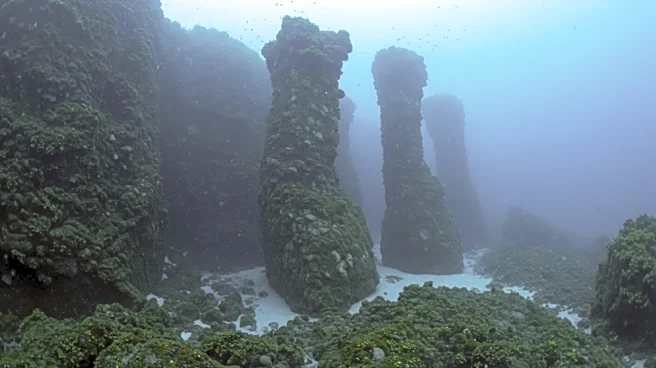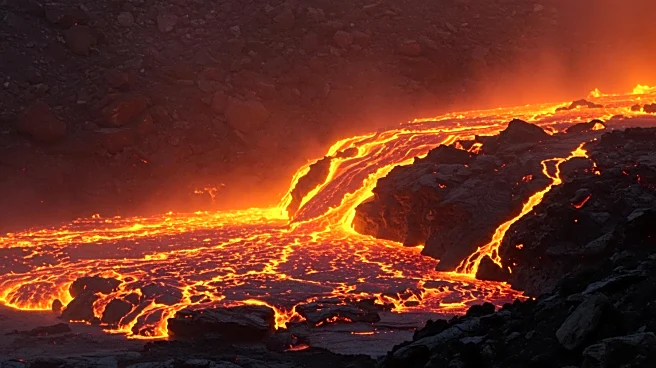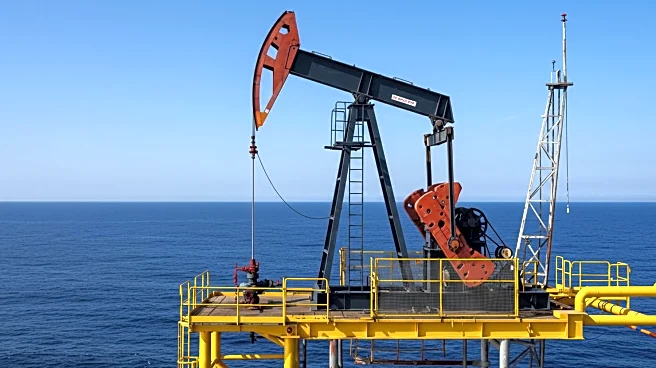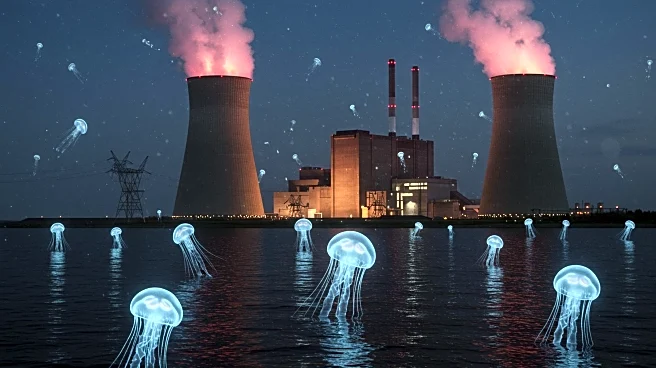What's Happening?
Researchers from The University of Manchester have uncovered massive sand formations beneath the North Sea, termed 'sinkites', which defy traditional geological principles. These formations, identified using high-resolution 3D seismic imaging and well data, have sunk into lighter sediments, reversing the usual geological order. This phenomenon, known as stratigraphic inversion, has been observed on a small scale before, but the size of these structures is unprecedented. The discovery could have significant implications for locating oil, gas, and safe carbon storage sites, as it challenges existing geological models.
Why It's Important?
The discovery of 'sinkites' could revolutionize the understanding of subsurface geology, particularly in the context of energy resource management. By altering the perception of how fluids and sediments move within the Earth's crust, this finding may influence the assessment of underground reservoirs and the strategies for carbon capture and storage. The potential to identify new sites for oil and gas extraction or carbon storage could have substantial economic and environmental impacts, affecting energy industries and climate change mitigation efforts.
What's Next?
The research team is continuing to document other instances of this geological process to better understand its implications. The scientific community is divided, with some skeptical of the new model, while others support it. Further research will determine the broader applicability of these findings and their impact on geological assessments and energy resource management.











